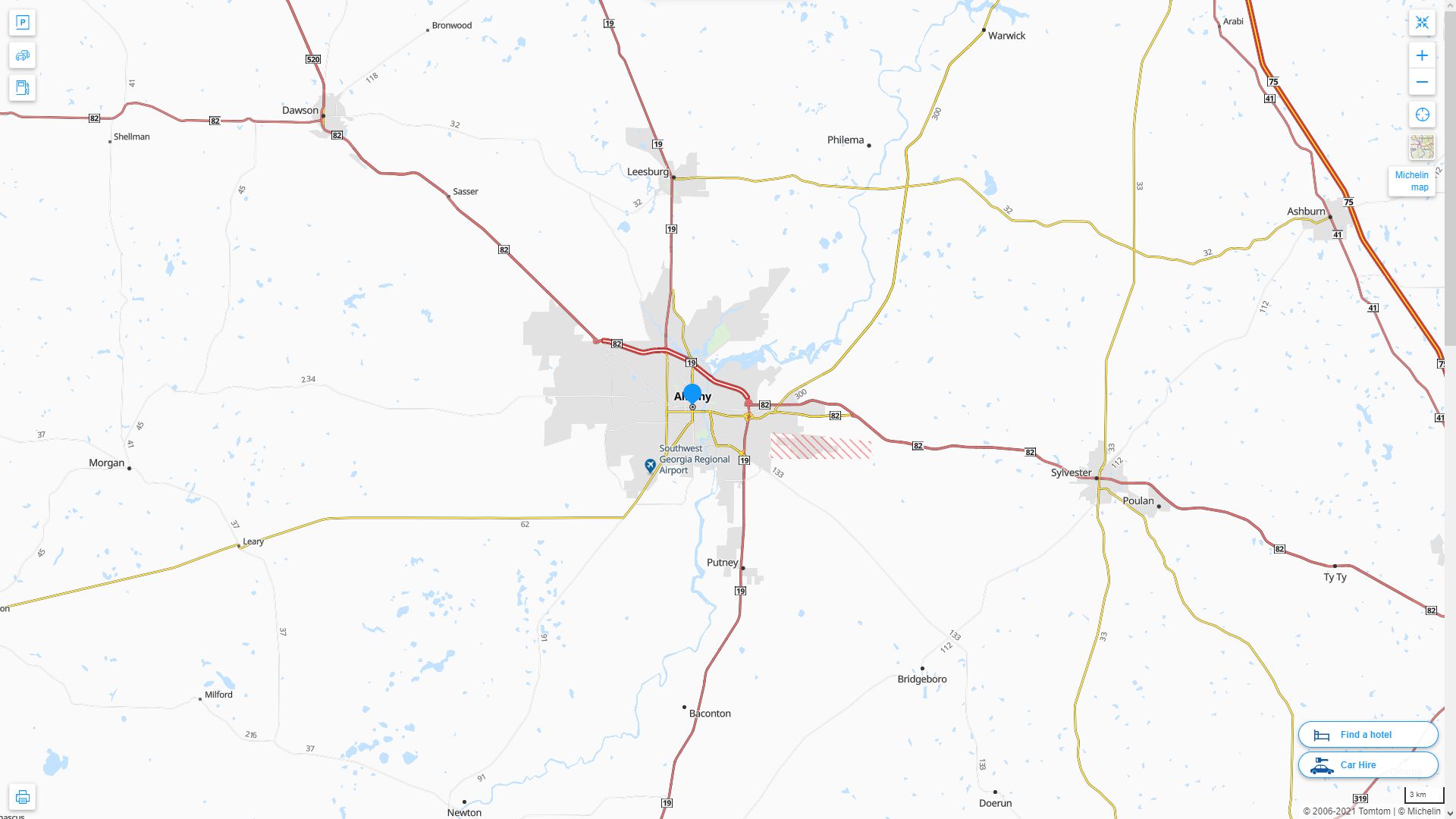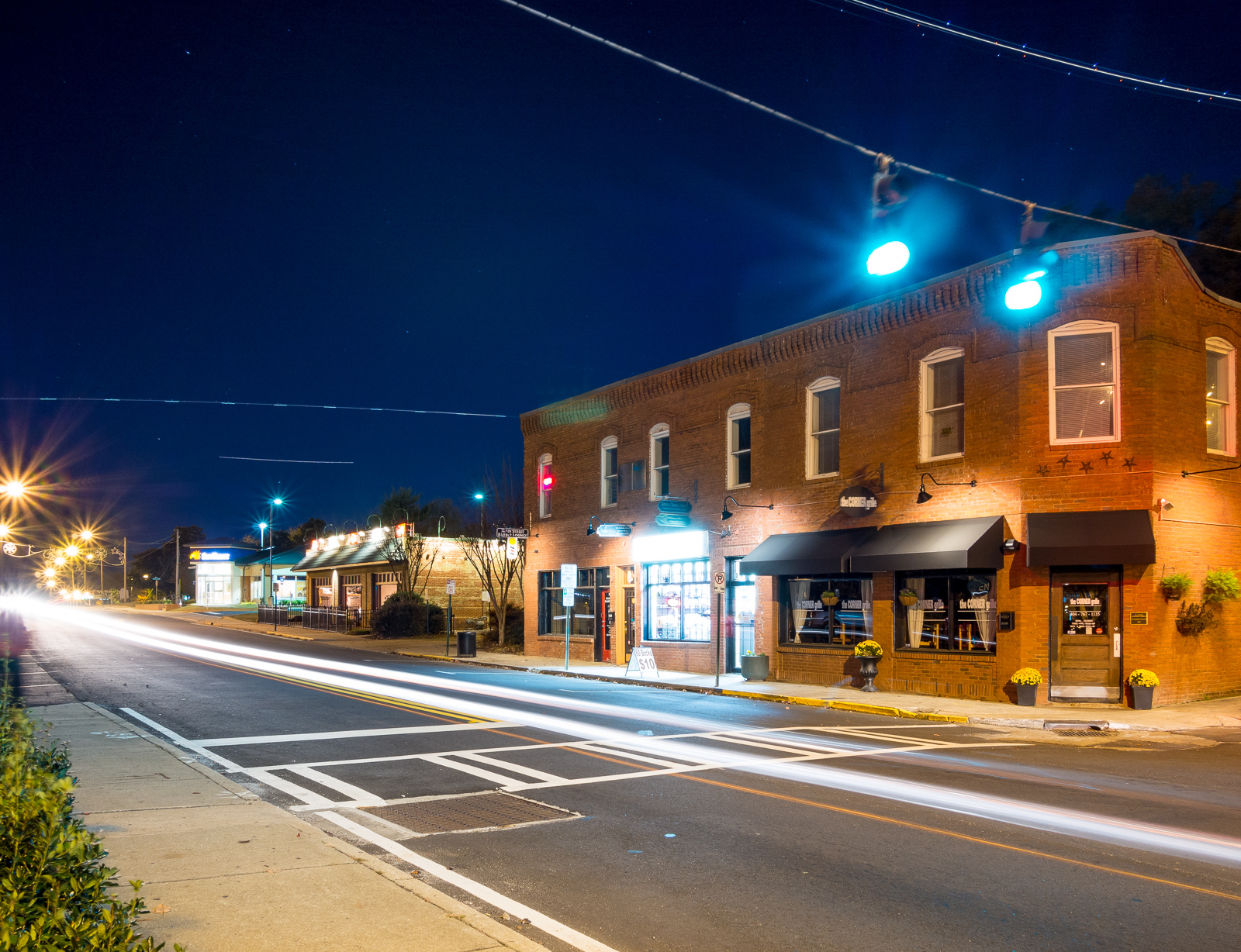Population Of Albany Ga - Latitude: 31°34′56″N 84°9′56″W / 31.58222°N 84.16556°B / 31.58222; -84.16556 Latitude: 31°34′56″N 84°9′56″W / 31.58222°N 84.16556°B / 31.58222; -84.16556
Albany (/ˈɔːlbəni / AWL -bə-nee) is an American. A city in the state of Georgia. Located on the River Flint, it is the center of Dougherty County and the only incorporated city in the county. Located in southwest Georgia,
Population Of Albany Ga

It is the main city in the Albany, Georgia metropolitan area. 2010 US Population according to Csus is 77,434, making it the eighth largest city in the state.
About Dougherty County
It rose to prominence as a shipping and market center in the ninth century, initially served by riverboats. Scheduled steamers connect Albany with the busy port of Apalachicola, Florida. They were replaced by trains. The sewing lines met at Albany and was the center of trade in the Southeast. It was part of the Black Belt, a large area in the far south of cotton plantations. Since the mid-20th century, it received military investments during World War II and helped develop the region afterward. Albany and the county were prominent during the civil rights era, especially in the early 1960s when activists worked to regain suffrage and other civil rights. Railway reconstruction and military downsizing here led to job losses, but the city developed new businesses.
Albany Creek is located in an area long inhabited by Indians, who called it Thronatiska after their word for "flint", a valuable mineral found in the bed of the nearby Flint River. They use it to make arrowheads and other tools.
In 1830 Congress passed the Indian Removal Act and the United States entered into a treaty to extinguish Creek and other Native American land claims in the Southeast. The US Army forcibly transferred many indigenous peoples to the Indian Territory, to areas west of the Mississippi River.
European-American settlement began with Nelson Tift of Groton, Connecticut, who took land along the Flint River in October 1836 following the displacement of Indian tribes. Tift and his partners named the new city Albany, after the capital city of New York; Albany, New York, was a trading center on the upper Hudson River, and they hoped their city near the head of the Flint would be just as successful. It proved to be unsanitary. Alexander Shotwell founded the city in 1836 and it was incorporated as a city on December 27, 1838 by act of the General Assembly of Georgia.
A Smaller Empire State: Ny Continues To Lead Us In Population Decline
Tifft was the city's leading trapper for decades. A passionate pusher, he promoted education, business and railroad construction. During the Civil War he provided naval supplies and helped build two ships. He opposed radical Reconstruction in the state and in Congress, and resented the incoming Yankee rugers. Historian John Fair concludes that the Tifts became "more Southern than most of the natives".
His pro-slavery views before the war and his support for secession afterward endeared him to whites in Georgia.
The area was developed for cotton plantations, which used many enslaved African Americans to clear the land and cultivate cotton. As a result of the planters' acquisition of slave labor, by 1840 the majority of Dougherty County's population was black, with large numbers of slaves. The center of the cotton growing market, Albany was a prime location for transporting cotton to other markets by steamship. In 1858, Tift hired former slave and bridge builder Horace King to build a toll bridge over the river. The Jembatan Raja Toll House is still standing.
Already important as a shipping port, Albany later became an important rail hub in southwestern Georgia. A sewing line was built for the city. The rail exhibition is held in the Thronatiska Heritage Sector in the former railway station.
Jobs And Careers
After the war, Cary Whitworth Stiles moved to Albany and founded the Albany News newspaper. In the early years after the war, Stiles, like Tift, took major exception to the radical Reconstruction program and advanced a more moderate response based on his interpretation of Georgian rights under the Constitution.
Benjamin H. Stiles supported Hill's push for "constitutional reconstruction" and sought support for the idea from the national Democratic Party.
On a trip to Atlanta in May 1868 to meet with Democratic Party leaders, Stiles surveyed contemporary Atlanta newspapers and found deficiencies.
He decided to bring to the Atlanta market a paper aligned with the Democratic Party's viewpoint, supporting his ideals of constitutional reconstruction.
The Safest And Most Dangerous Places In Albany, Ga: Crime Maps And Statistics
Stiles moved from Albany to Atlanta, and on May 9 he announced that he had secured the necessary financing to buy Daily Opinion.
On June 16, 1868, the New Democratic Daily (as he describes it) printed its first issue entitled The Constitution.
Short Atlanta Constitution style. Unable to pay his share of the purchase, Stiles was forced to turn over his interest in the newspaper to his joint partner, as his sale of the Albany News fell through. Stiles returns to Albany as news editor. In 1872, he was elected to the state of Georgia, representing the community of Augusta and environs, ironically for killing a member of the Georgian House of Representatives in his early years.

Although integral to the city's economic life, the Flint River floods regularly. It caused extensive property damage in 1841 and 1925. The city is also subject to tornadoes. On February 10, 1940, a severe tornado struck Albany, killing eighteen people and causing extensive damage.
Why Albany's Black Neighborhoods Are Its Most Economically Challenged
On April 11, 1906, the Carnegie Library opened downtown, created with matching funding from philanthropist Andrew Carnegie. Originally a segregated facility under the Jim Crow laws, it did not benefit African Americans until the passage of the Civil Rights Act of 1964. It served as a library until 1985. In 1992, after renovations, the building reopened as headquarters . Albany Area Arts Council.
In 1912, the US downtown post office and courthouse opened. Other federal projects are important to cities and regions. In 1937, during the Great Depression, President Franklin D. Chehav Park was built as part of the New Deal program of the Roosevelt administration.
The big change came with the expansion of military facilities in the city, which was secured by the powerful Southern bloc in Congress. WE. The Army Air Corps training base is built on land owned by the town near Albany and is leased to the Air Corps for $1 a year. Construction of the base and airstrip began on 25 March 1941 by the Army Corps of Engineers. After being used during World War II, the airfield was temporarily disabled between 15 August 1946 and 1 September 1947.
After the start of the Cold War and in late 1947 the US After the Air Force was founded, the airfields were reactivated and the US. Upgraded with a runway for an Air Force base. It was named Turner Air Force Base. The Air Force uses bases for heavy bomber jets such as the B-52 Stratofortress. The base also hosts several other Air Force units.
Dougherty County, Georgia
In 1951, the US Marine Corps established a logistics base on the eastern outskirts of Albany. In the 1950s and 1960s, large numbers of white clerks and allied workers arrived, making the town majority white for the first time since 1870.
In 1960, Albany's population reached 50,000. During 1961–1962, African Americans in Albany played a major role in the civil rights movement (see Albany Movement). They lead non-violent protests and demonstrations for the desegregation of public facilities, suffrage and social justice. With the help of activists from SCLC, CORE, SNCC, and the NAACP, African Americans and their supporters took a stand against segregation through nonviolence. The city repealed the Jim Crow law in 1963,
But African Americans did not regain their ability to vote until Congress passed coercive authority with the Voting Rights Act of 1965.
In 1967, the Air Force closed all of its operations at the base, which was carried out by the U.S. Transferred to the Navy and berthed at Naval Air Station Albany. NAS Albany is used as a shore base for nearly all twin-jet RA-5C Vigilant carrier-based reconnaissance aircraft. In 1974, the base was closed and property returned to the city.
Washington Street Looking South At Night Albany Georgia Ga Linen C1940 Postcard
In 1979, the Miller Brewing Company purchased part of the old naval base property to build a new brewery.
The downgrade of military bases and the reconstruction of railroads across the country led to job losses in the Albany area. Most of the remaining white population moved to suburbs and new housing outside the cities, which made up the majority of African Americans in the 1970s. Struggling with a poor economy, Albany made national headlines in 1988 as "America's Murder Capital", which has the highest per capita murder rate in the United States. Other cities have taken up the title.
Some of the floods of the late 20th century were extreme. In 1994, rain from Tropical Storm Alberto caused major flooding; It killed 14 people
What is the population of albany ga, suny albany student population, albany city population, albany county population, albany ga population 2016, albany ga population 2015, population of new albany indiana, new albany in population, population of albany ca, city of albany population, suny albany population, population in albany ga

0 Comments